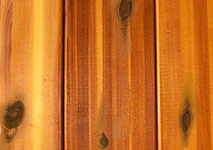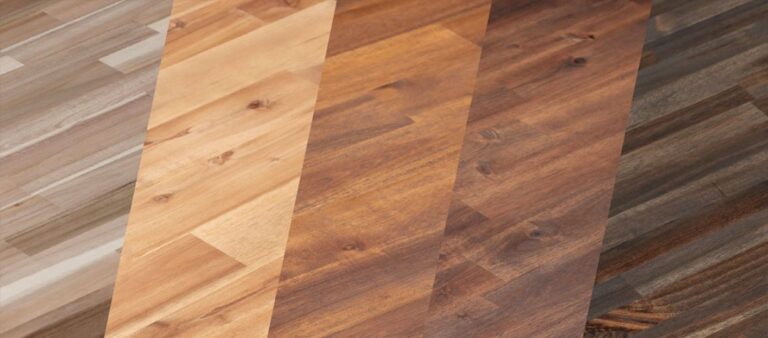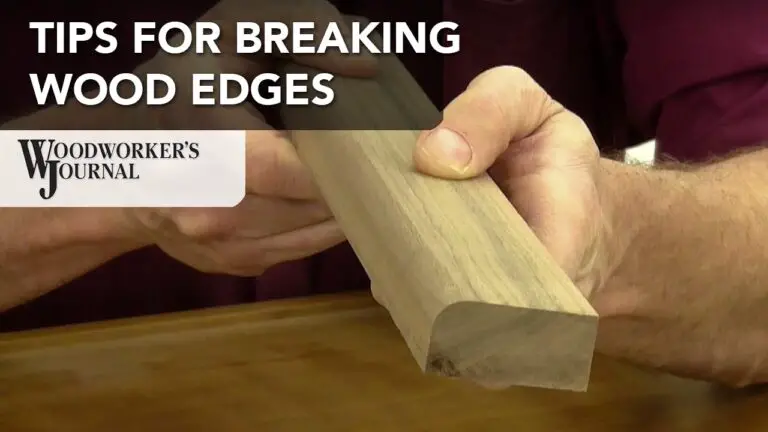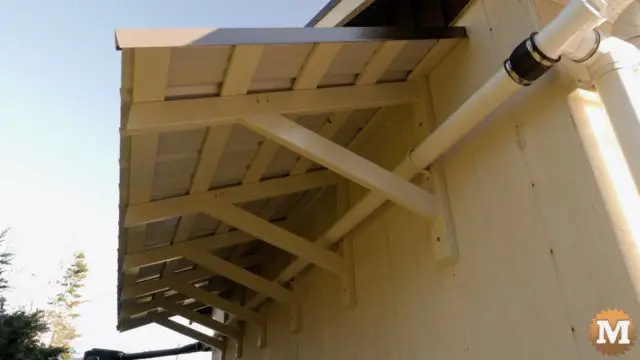How to Get Rid of Wood Boring Beetles
Wood Boring Beetles, also known as woodworms, are small insects that bore into wood. The most common type of woodworm in the United States is the powderpost beetle. Powderpost beetles lay their eggs on bare, unfinished wood.
When the eggs hatch, the larvae tunnel into the wood and create galleries as they eat their way through it. This tunneling can cause extensive damage to furniture, floors, and other wooden structures.
The best way to get rid of wood boring beetles is to prevent them from infesting your home in the first place.
Be sure to finish all unfinished wood surfaces with a sealer or paint. If you live in an area where these insects are common, have your home inspected for infestation annually by a qualified pest control professional. If you do find yourself with a woodworm infestation, call a pest control company for treatment options.
- If you suspect that you have wood boring beetles, the first step is to inspect your home for any signs of infestation
- Look for small holes in wood surfaces, as well as sawdust or other debris around these holes
- You may also see the adult beetles themselves, which are typically brown or black in color and range from 1/8 to 3/8 of an inch in length
- Once you have confirmed that you do indeed have a wood boring beetle infestation, the next step is to determine what type of beetle it is
- There are several different species of wood boring beetles, and each requires a different treatment method
- If possible, try to capture one of the adult beetles and bring it to a local extension office or pest control professional for identification
- After you know what type of beetle you’re dealing with, the next step is to take action to get rid of them
- For most types of wood borers, the best course of action is to use insecticide sprays or dusts on infested areas
- Be sure to follow all label instructions carefully when using these products
- You may also need to treat surrounding areas where beetles could be hiding or laying eggs; again, consult a professional if necessary
- Finally, once the immediate problem has been dealt with, take steps to prevent future infestations by keeping your home clean and free of clutter (including piles of firewood near your house), sealing cracks and openings around doors and windows, and regularly inspecting both indoor and outdoor wooden surfaces for signs of damage or larvae activity
Home Remedies for Wood-Boring Insects
If you have wood-boring insects in your home, there are a few things you can do to get rid of them. One option is to use a vacuum cleaner with the hose attachment to suck up the bugs. Another is to use a stiff brush to remove them from surfaces.
You can also try using a solution of soapy water or vinegar and water to kill the bugs. Whatever method you choose, make sure that you remove all of the bugs and their eggs from your home to prevent them from coming back.
Signs of Wood-Boring Beetles
If you suspect that you have a wood-boring beetle infestation, there are several signs to look for:
Exit holes: If you see small (1/8-inch) round or oval exit holes in the wood, this is a good indicator of a wood-boring beetle infestation. The size of the exit hole will depend on the specific type of beetle.
Sawdust: Another sign of a wood-boring beetle infestation is sawdust around the exit holes or on the floor beneath infested furniture. This sawdust is actually made up of bits of wood that the beetles have excavated as they tunnel through the wood.
Tunnels: You may be able to see tunnels within theinfested wood if you hold it up to a light source.
These tunnels are created bythe beetles as they move back and forth through the wood, and they can be quite extensive.
Wood Borer Treatment Spray
Wood borers are one of the most destructive pests that can invade your home. These nasty little critters tunnel through wood, leaving behind a trail of destruction in their wake. If you suspect that you have a wood borer infestation, it’s important to take action immediately to get rid of these pests before they cause even more damage.
One of the most effective ways to get rid of wood borers is to treat the affected area with a special wood borer treatment spray. This type of spray contains chemicals that kill the insects on contact, effectively eliminating them from your home.
When using a wood borer treatment spray, it’s important to follow the directions carefully and only apply the product to the affected areas.
Be sure to wear gloves and protective clothing when applying the spray, as some of the chemicals can be harmful if they come into contact with your skin.
If you have a serious infestation, you may need to call in a professional exterminator to help get rid of the problem. However, in many cases, treating the affected area with a wood borer treatment spray will do the trick and help keep these destructive pests away for good!
Wood-Boring Beetles Treatment Cost
If you think you have a wood-boring beetle infestation, it’s important to act fast. These pests can cause serious damage to your home and furniture, and the treatment can be costly. Here’s what you need to know about wood-boring beetle treatment cost.
The first step is to contact a pest control professional for an inspection. They will be able to determine if you have an infestation and recommend the best course of action. Treatment options include pesticides, fumigation, and heat treatments.
The type of treatment will depend on the severity of the infestation.
Pesticides are typically the most affordable option, but they may not be effective against all types of beetles. Fumigation is more expensive but it will kill all stages of the beetle life cycle.
Heat treatments are also effective but they can be expensive and may not be available in all areas.
Once the treatment has been completed, you’ll need to take steps to prevent future infestations. This includes repairing any damaged wood, sealing cracks and crevices around your home, and storing firewood away from your house.
Wood-boring beetle treatment cost can vary depending on the extent of the infestation and the type of treatment used, but it’s important to act quickly to minimize damage to your home.
Wood-Boring Beetles Damage
Wood-boring beetles are a type of insect that can cause serious damage to wood. These beetles tunnel into the wood, causing it to become structurally unsound. Wood-boring beetles are particularly attracted to softwoods, such as pine and fir.
If you have wood-boring beetles in your home, it’s important to take action to get rid of them before they cause extensive damage.
There are a few different ways to get rid of wood-boring beetles. One option is to use an insecticide.
This will kill the beetles and their larvae, preventing them from doing further damage. Another option is to burn the infested wood. This will kill the insects and prevent them from spreading to other areas of your home.
You can also remove infested wood from your home and dispose of it properly. This is often the best solution if the infestation is severe.
If you have wood-boring beetles in your home, it’s important to take action right away to prevent extensive damage.
These insects can cause serious harm to your property if left unchecked, so be sure to deal with them promptly.
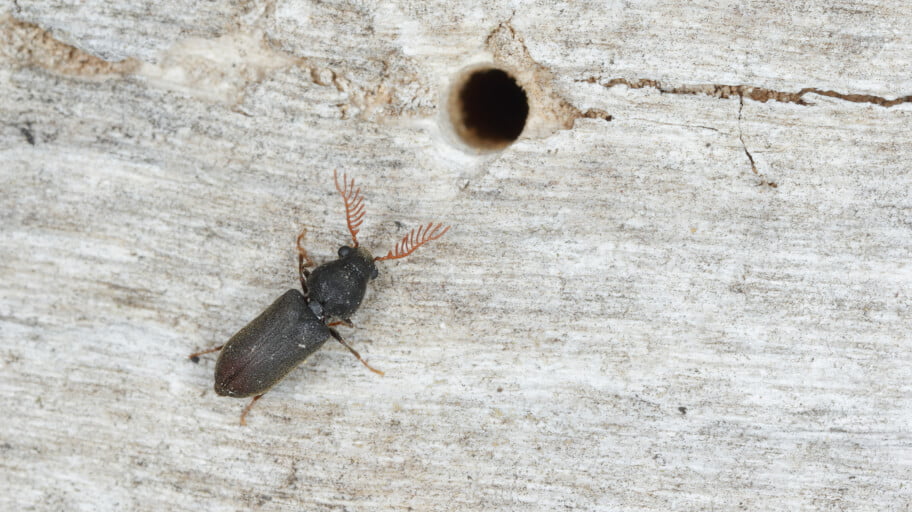
Credit: fantasticservicesgroup.com.au
What Causes Wood-Boring Beetles?
There are many different types of wood-boring beetles, each with their own unique set of preferences and behaviors. However, they all have one thing in common: an affinity for wood. While this may seem like a simple enough explanation for why these insects are called “wood-boring,” there is actually a bit more to it than meets the eye.
So what exactly causes wood-boring beetles? Let’s take a closer look.
One of the most common reasons for wood-boring beetle infestations is simply because the insects are attracted to the scent of freshly cut or wounded wood.
This makes sense when you consider that these beetles need to lay their eggs in order for their larvae to survive, and what better place to do so than in newly cut timber where there is an ample food source? Once the eggs hatch, the larvae begin boring into the wood, creating tunnels as they go in search of food.
Another common reason for wood-boring beetle activity is due to changes in temperature and moisture levels.
For example, if there has been a prolonged period of wet weather followed by a sudden drought, this can create perfect conditions for an infestation as the larvae require high levels of moisture to survive but can easily become dehydrated and die off if conditions become too dry. Similarly, if temperatures drop suddenly (such as during a cold snap), this can also force adult beetles out of hiding in search of warmer climates – which often leads them straight into our homes!
Lastly, another cause of wood-boring beetle problems can be weak or damaged trees.
These trees are often already under stress from other factors such as disease, pests, or harsh weather conditions and thus are unable to fight off an infestation on their own. As such, it’s important to keep an eye on any trees on your property that might be struggling and consider having them removed before they attract unwanted guests!
Are Wood-Boring Beetles Worse Than Termites?
There are over 7,000 species of wood-boring beetles and they are found all over the world. They vary in size from less than 1 mm to over 35 mm in length. The largest beetle in North America is the giant sequoia borer which can grow up to 60 mm long.
Wood-boring beetles generally have cylindrical bodies with hard wing covers and chew their way through wood, often causing extensive damage to trees and wooden structures.
Termites are also a serious problem for homeowners as they can cause extensive damage to buildings and other structures made of wood. Termites are social insects that live in colonies and there can be millions of them in a single colony.
These insects feed on cellulose, which is found in wood, so they can do a lot of damage if left unchecked.
So, which is worse? That really depends on the situation.
If you have an infestation of either one, it’s going to be bad news for your home or building. However, termites tend to cause more damage because there are more of them and they eat 24/7 whereas beetles only eat when they’re adults (and even then, not all species eat wood).
How Do You Keep Wood Borers Away?
There are a few things you can do to keep wood borers away. One is to make sure that any wood that is brought into your home is treated and sealed properly. This will prevent the borers from being able to enter the wood in the first place.
If you have any existing wood in your home, you can treat it with a borate solution, which will kill any borers that are already present and prevent new ones from entering. You can also regularly inspect your furniture for signs of borers and treat affected areas as soon as possible.
How Do I Know If I Have Wood-Boring Beetles?
Wood-boring beetles are one of the most destructive pests of wood. These insects can be difficult to control and detect, as they often cause extensive damage before homeowners are even aware that they are present. There are many different species of wood-boring beetles, but all share a common interest in feeding on wood.
As their name suggests, these pests bore into wood to lay their eggs and create tunnels to move about in search of food. Wood-boring beetle larvae feed on the wood, causing even more damage as they mature.
There are several ways to tell if you have wood-boring beetles in your home.
One is by inspecting the outside of your property for signs of infestation, such as piles of sawdust or small holes in the siding or trim. If you see any suspicious activity, it’s important to call a pest control professional right away so they can properly identify the problem and recommend a course of treatment.
Another way to tell if you have wood-boring beetles is by examining the affected areas inside your home.
Look for evidence of Larvae tunneling through the wood or adults boring holes into surfaces like walls, floors or ceilings. If you suspect an infestation, contact a pest control expert immediately for proper diagnosis and treatment options.
How to Get Rid of Wood Boring Beetles | DoMyOwn.com
Conclusion
Wood-boring beetles are one of the most common types of pests that can infest your home. These destructive insects are capable of causing serious damage to your furniture, floors, and walls. If you suspect that you have a wood-boring beetle infestation, it is important to take action immediately to get rid of these pests.
The first step is to identify the type of wood-boring beetle that is infesting your home. There are many different species of these beetles, so it is important to correctly identify the pest in order to choose the best treatment method. Once you have identified the type of beetle, you can then begin taking steps to get rid of them.
Some common methods for getting rid of wood-boring beetles include using insecticide sprays or powders, traps, and even freezing them. If you have a severe infestation, you may need to call in a professional exterminator.

